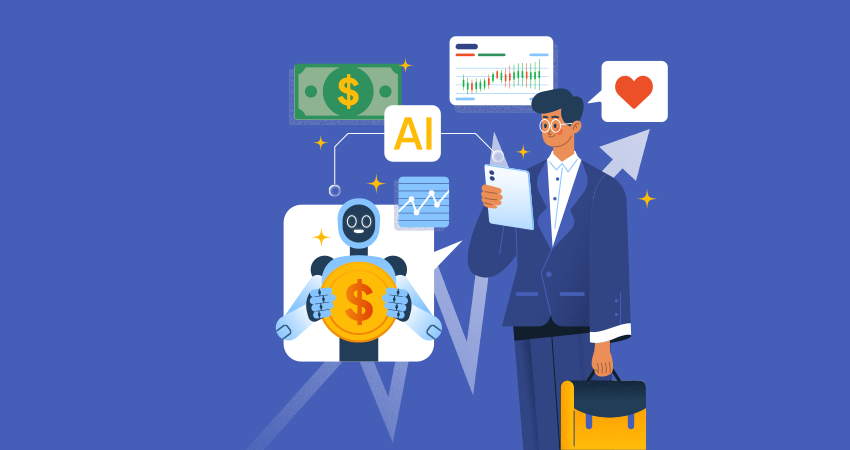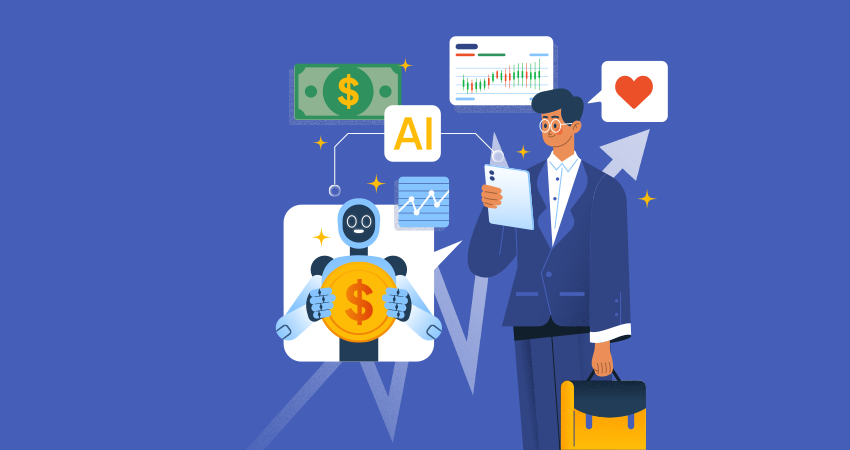Home » Blog » Software Developers » Transfer Learning in AI: A Quick Guide for Developers
Transfer Learning in Generative AI: A Quick Guide for Developers

As artificial intelligence (AI) continues to advance, transfer learning in AI is becoming a vital tool for developers. It allows AI models to leverage pre-existing knowledge, making the process of training faster and more efficient.
This quick guide will explain how developers can apply transfer learning in Generative AI in Software Development projects, making it easier to integrate these innovative techniques into real-world applications.
What is Transfer Learning in AI?
It is basically a machine learning technique where a model developed for one task is reused as the starting point for a model on a second task. This approach is particularly useful in software development, where models can generate images, text, or other content based on patterns from pre-trained models.
By transferring knowledge from large datasets and sophisticated models, developers can significantly reduce the amount of data and time required to build a robust AI system.
Why Transfer Learning is Important for AI Developers
For AI Developers, time is often a critical factor when building solutions. It provides a way to streamline the development process, allowing developers to leverage existing models and save time on training from scratch.
This is especially useful in cases where the amount of labeled data is limited, such as in generative models.
Additionally, it reduces computational costs, making it an attractive approach for AI projects with limited resources. This makes it a valuable technique in various industries, including healthcare, e-commerce, and entertainment.
How to Apply Transfer Learning in AI Development Projects
Integrating AI in development projects can be challenging, but transfer learning simplifies the process by allowing developers to start with pre-trained models.
Here’s how AI Developers can use transfer learning to build Generative AI solutions:
- Choose a Pre-Trained Model: Popular frameworks like TensorFlow, PyTorch, and Hugging Face offer a range of pre-trained models. These can be fine-tuned to suit specific tasks, such as generating text, translating languages, or creating images.
- Fine-Tuning the Model: Developers can fine-tune the pre-trained model on their dataset. This involves retraining only specific layers of the model while keeping the foundational knowledge intact.
- Testing and Iteration: After fine-tuning, testing the model on new data ensures that it meets the desired performance metrics. Adjustments can be made based on the results.
Practical Applications of Transfer Learning in Generative AI
Transfer learning is particularly powerful in software development. Here are some key applications:
- Natural Language Processing (NLP): Models like GPT-3 use transfer learning to generate human-like text. Developers can fine-tune these models to perform specific tasks like text summarization or sentiment analysis.
- Image Generation: Transfer learning helps generate high-quality images based on specific inputs. This is used in fields such as graphic design, marketing, and even video game development.
- Speech and Audio Synthesis: Transfer learning plays a role in generating human-like speech or unique audio content, improving the quality and variety of AI-generated sounds.
Tools and Libraries for AI Developers
For developers looking to incorporate transfer learning in AI Development Service projects, several libraries and tools are available.
Here are some of the most popular:
- TensorFlow Hub: Provides access to a variety of pre-trained models that can be fine-tuned for different tasks, making it a popular choice for AI Developers.
- Hugging Face: Specializes in NLP models that can be integrated into development projects using transfer learning techniques.
- PyTorch: Another robust framework that supports transfer learning, particularly in computer vision tasks.
These tools enable developers to easily apply in projects, simplifying the process of AI in development projects and improving overall efficiency.
Challenges and Considerations in Transfer Learning for Generative AI
While transfer learning in AI offers numerous benefits, developers should also be aware of some challenges and considerations:
- Data Mismatch: When the pre-trained model is trained on data significantly different from the new task, performance can suffer. Developers need to ensure that the data used for fine-tuning is relevant and similar enough to the data the model was initially trained on.
- Overfitting: Fine-tuning too aggressively on a small dataset can lead to overfitting, where the model performs well on the training data but poorly on unseen data. It's important to monitor validation metrics and apply regularization techniques when necessary.
- Computational Resources: While transfer learning reduces the need for extensive training from scratch, working with large pre-trained models still requires significant computational power. Developers need to ensure they have the appropriate hardware and infrastructure in place.
- Licensing and Usage Rights: Some pre-trained models come with licensing restrictions that limit commercial use or require attribution. Before integrating such models, it's crucial to understand the licensing agreements to avoid legal issues.
- Bias in Pre-trained Models: If the original data used to train the model is biased, these biases can carry over into the new task. Developers should be mindful of potential biases and consider de-biasing techniques if necessary.
Final Thoughts!
It's revolutionizing how developers approach Generative AI in Software Development. By allowing models to build on existing knowledge, transfer learning makes the development process faster, more efficient, and less resource-intensive.
For those looking to hire software developers with expertise in AI, ensuring they have experience with transfer learning can provide a significant advantage. Whether you are an independent developer or part of a custom AI Development Service, understanding how to apply transfer learning will open up new possibilities for innovation in AI-driven projects.
Recent Posts
- The Future of Software Engineering by 2030 October 13, 2025
- How AI Chatbots Boost Customer Support & CSAT September 1, 2025
- Top Software Development Companies 2025: Choose the Right Partner August 8, 2025
- Healthcare Software Development Services: What to Expect in 2025 July 17, 2025
- How To Hire Software Developers For Your Startup June 27, 2025
Categories
- Business Solutions (12)
- Digital Marketing (2)
- E-Commerce (3)
- Mobile App (11)
- Software Developers (21)
- Software Teams (15)
- Team Outsourcing (14)
- Tech Trends (10)
- UI UX Design (4)
- Web Development (8)

